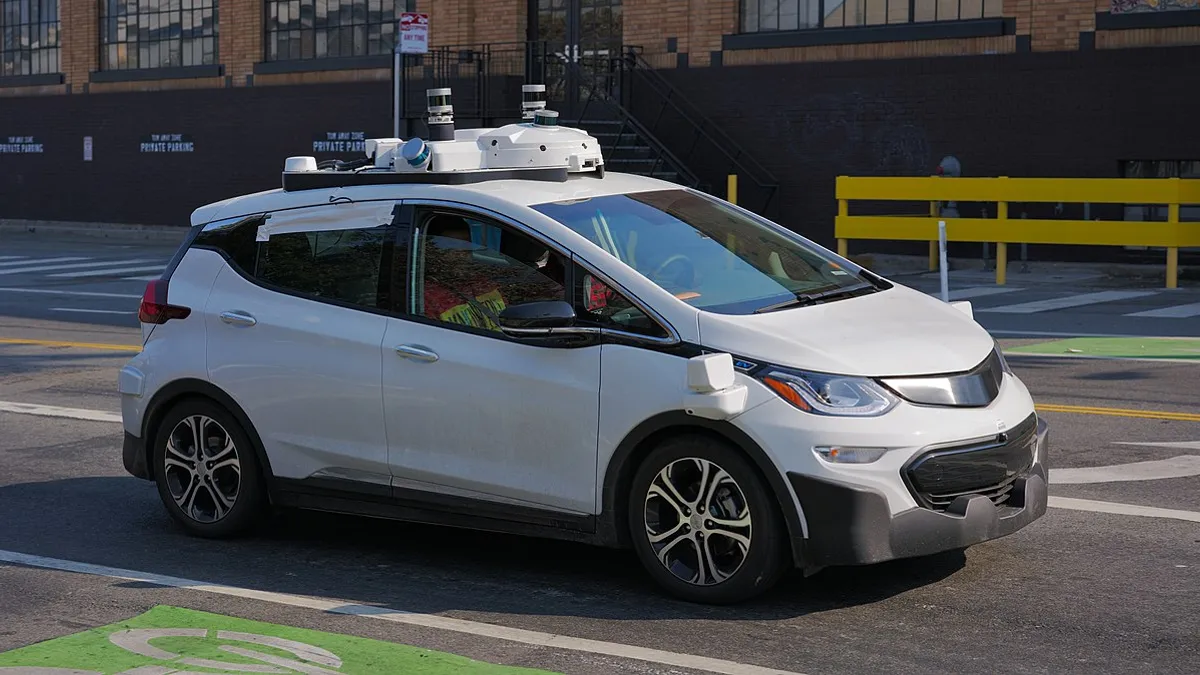Dive Brief:
- General Motors (GM) announced plans on Thursday to launch a fleet of fully autonomous ride-hailing vehicles in various cities by 2019, as reported by Reuters and other media outlets.
- The shift toward autonomous ride-hailing services is motivated in-part by the financial benefits of the plan, according to GM President Don Ammann. He told investors that the revenue generation of one self-driving car could eventually hit "several hundred thousands of dollars," compared to the $30,000 that GM collects per non-autonomous vehicle, on average.
- GM subsidiary Cruise Automation has been testing autonomous Chevy Bolts in San Francisco, Phoenix and Detroit. The Detroit News reports that Cruise Automation plans to add about 900 employees to its team by early 2018.
Dive Insight:
Investors have anticipated this announcement from GM for more than a year, and due to the increasing trends of self-driving vehicles and ride-sharing services, it's not much of a surprise that GM wants to be a leader in the market. As the No. 1 automaker in the U.S., GM has stayed on top of smart automation and has touted electric and autonomous vehicles as "keystones of future transport," according to Reuters.
It is currently unclear how GM's ride-hailing service will compete with industry rivals like Uber, or how exactly GM will market its services. However this announcement helps to solidify the industry speculation that autonomous vehicles will eventually be the sole vessels for ride-hailing services — and, if done strategically, automakers like GM can highly profit from the shift.
2019 is an ambitious target for GM to roll out these self-driving "robo-taxis" in complex urban environments, especially since many challenges with self-driving technology have not yet been ironed out. Recently in Las Vegas, the city rolled out an autonomous shuttle to operate on public roads — an exciting development that was quickly soured when the shuttle was lightly hit by another vehicle mere hours later. The human driver of a truck was at-fault in the accident, indicating that, while self-driving cars may soon be ready for deployment, many humans are not yet ready to share the road with robotic cars.












